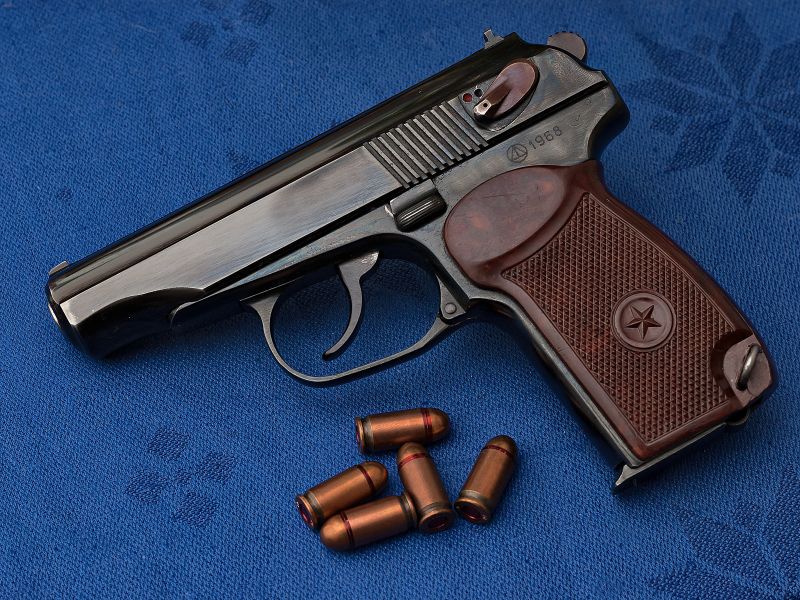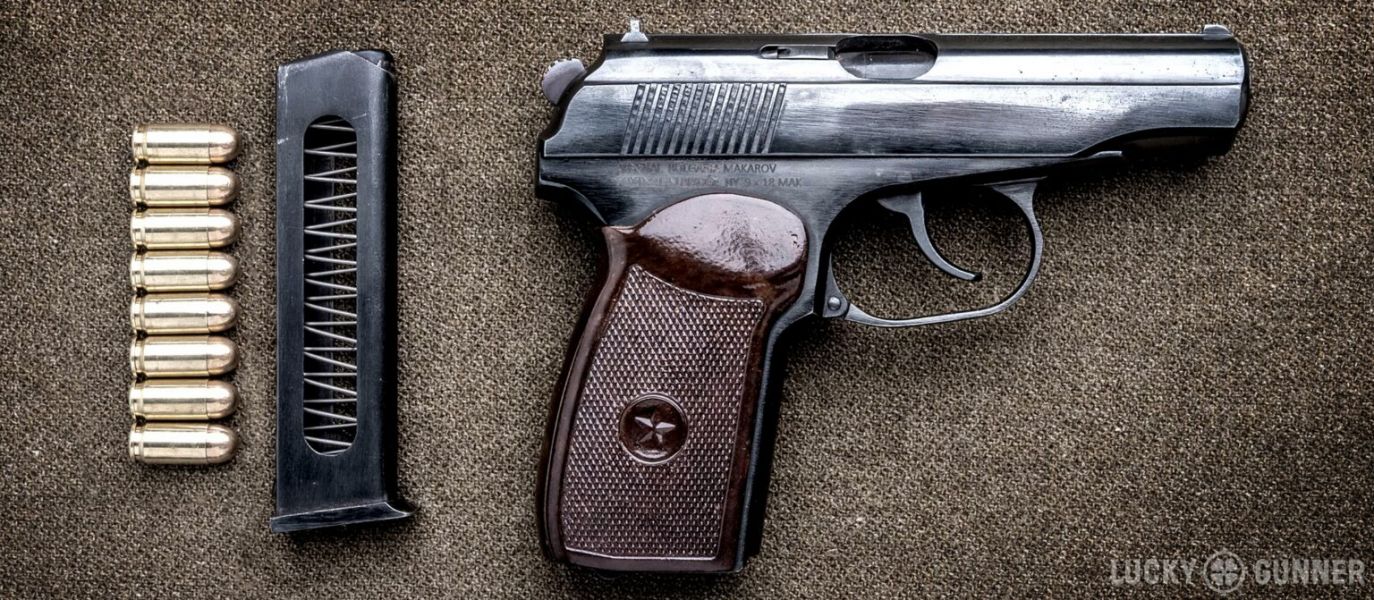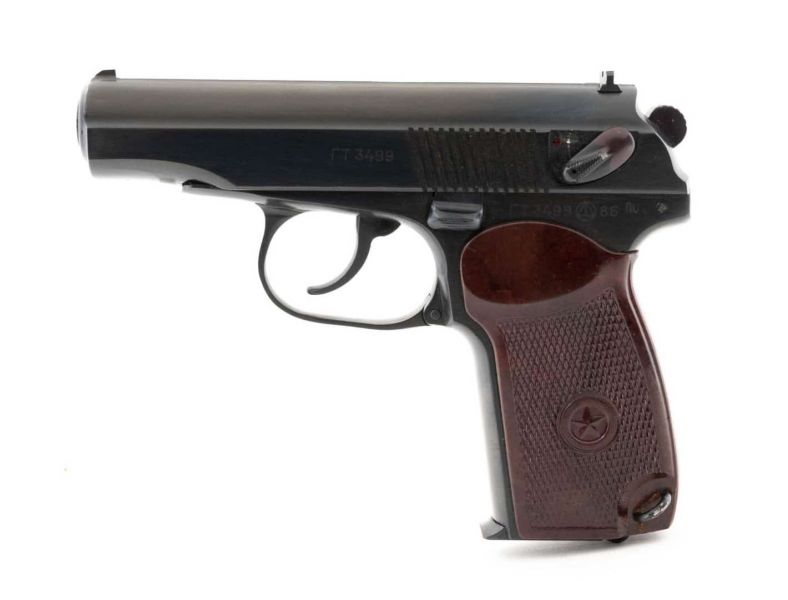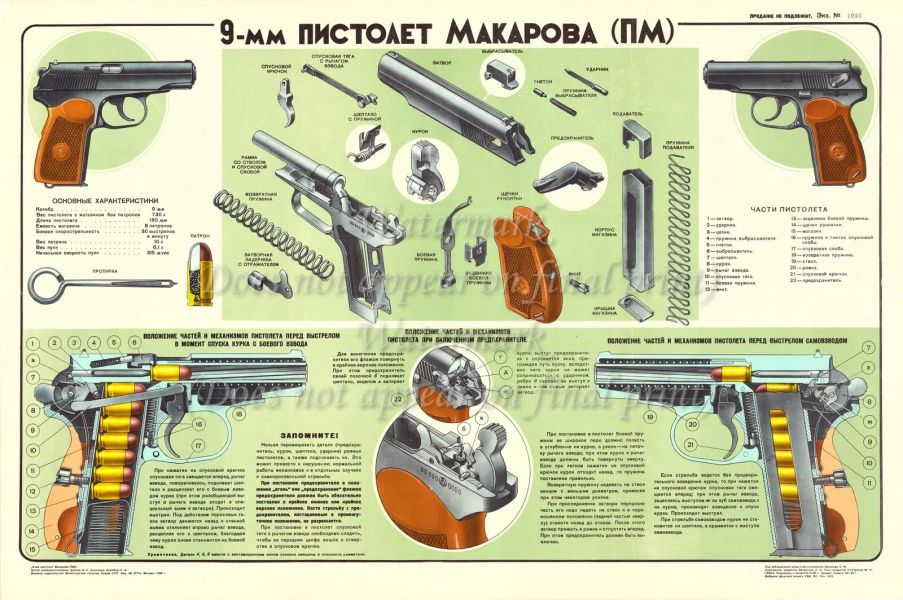Dual Makarov
| Factions | Weapon | Icon | Classes | Ammo |
|---|---|---|---|---|
 VC |
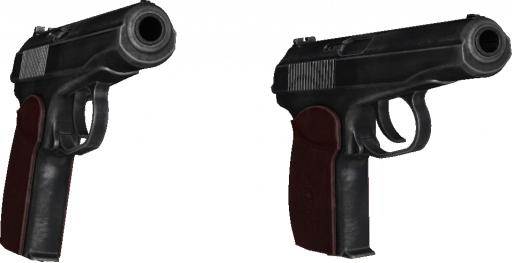 Dual Makarov |
 |
Gun Game Zombies |
16+2 / 48 |
| Damage Base | Headshot × | Chest × | Stomach × | Leg × | Arm × | Reload Speed | |
|---|---|---|---|---|---|---|---|
| Partial | Empty | ||||||
| 30 | ×2.4 = 72 | ×1.6 = 48 | ×1.5 = 45 | ×1.15 = 34.5 | ×1.15 = 34.5 | 4.4 Seconds | 6.133 Seconds |
| Designation | Weapon Type | Fire Modes | Fire Rate | Bullet Spread ° | Range Modifier | Muzzle Velocity | Projectile weight | Weight |
|---|---|---|---|---|---|---|---|---|
| PM | Dual Pistols | Semi | 50 RPM | 8.35° & 4.35° ADS | 0.72 | 315 m/s | 6.1 g (94.1 gr) | 1.474 kg (3.24 lbs) |
| Full name | Caliber | Place of Origin | Date | Manufacturer | Barrel Length | Total Length | Weapon Script Name |
|---|---|---|---|---|---|---|---|
| Пистолет Макарова | 9x18mm Makarov | Soviet Union | 1949 | Izhevsk Mechanical Plant Eastern Bloc Countries |
3.68 in (93.5 mm) | 6.36 in (161.5 mm) | weapon_dual_pm |
The Makarov pistol or PM is a Soviet semi-automatic pistol. Under the project leadership of Nikolay Fyodorovich Makarov, it became the Soviet Union's standard military and Militsiya side arm in 1951.
HISTORY
Shortly after World War II, the Soviet Union sought to replace the TT-33 pistols and Nagant M1895 revolvers, deeming them unsuitable for self-defense. A contest for a new service pistol led to the adoption of the 9.2×18mm cartridge, designed by B.V. Semin, due to its lower pressure, practical blowback operation, low recoil, and good stopping power.
Several engineers, including Makarov, participated. Makarov's design, influenced by the German Walther PP, excelled in simplicity, reliability, quick disassembly, and robustness. It was selected in 1949, with production set up at the Izhevsk plant. After further development, it was adopted as the "9mm Pistolet Makarova" (PM) in December 1951.
The PM became the standard issue for Soviet non-commissioned officers, police, special forces, and tank and air crews, remaining in service until the USSR's end in 1991. It is still produced in Russia, China, and Bulgaria, and is considered a curio and relic in the U.S. due to the dissolution of the USSR and GDR.
In 2003, the PM was formally replaced by the PYa pistol in Russian service, though many PMs remain in use. The PM is still standard in several Eastern European and former Soviet states, as well as North Korea and Vietnam. Despite attempts to replace it with various models, none have entirely supplanted the PM.
SOURCE
